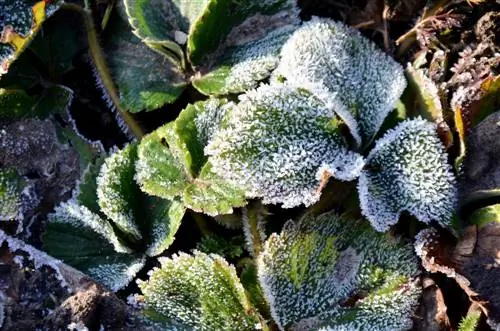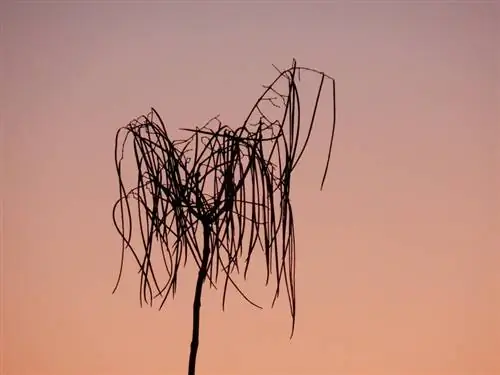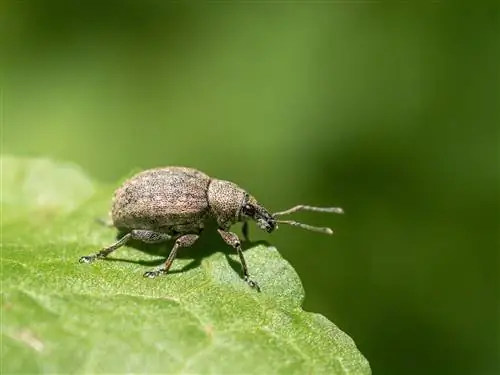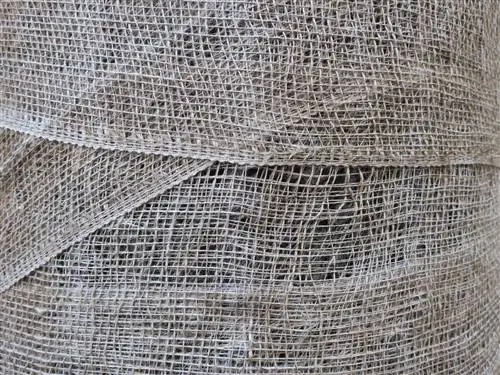- Author admin [email protected].
- Public 2023-12-16 16:46.
- Last modified 2025-01-23 11:22.
In May, many gardeners keep an eye on the Ice Saints, because in the middle of the spring month, these anniversaries usually bring us the last cold period with the risk of night frost. But who exactly were the “strict gentlemen” and do the old farming rules still apply today? We would like to get to the bottom of these and other questions in the following article.
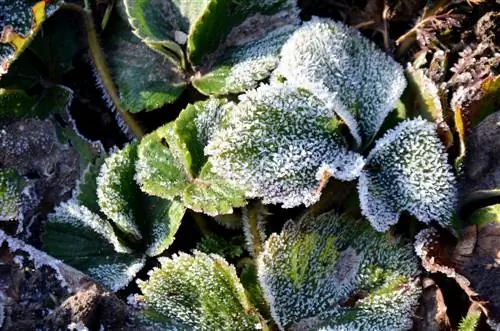
What are the Ice Saints and how do you protect plants from them?
The Ice Saints are commemorative days of Mamertus (11. May), Pankratius (May 12), Servatius (May 13), Boniface (May 14) and Sophia (May 15), during which late frosts may occur, damaging vegetation. To protect plants, pay attention to the weather forecast and take appropriate protective measures such as polytunnels or fleece covers.
Pankrazi, Servazi and Bonifazi are three frosty Bazi. And finally, Cold Sophie is never missing.
The Remembrance Days of the Ice Saints
| Name | Date | Life |
|---|---|---|
| 11. May | Mamertus | In the fifth century, a bishop in Vienne, France. |
| 12. May | Pankratius | He was executed as a martyr in Rome in the fourth century. |
| 13. May | Servatius | Bishop who lived in Tolgern, Belgium, in the fourth century. |
| 14. May | Boniface | Sicilian martyr executed in the fourth century. |
| 15. May | Sophie (Sophia) | She died as a martyr in Rome in the second century. |
Why are the Ice Saints considered Lostage?
The Ice Saints mark a time when the beginning vegetation can be damaged by late frosts. This may lead to massive harvest losses.
The reason for the capricious weather: Northern weather conditions often meet arctic polar air in our latitudes in mid-May. Cold snaps are the result that late night frosts can bring. Since the cold in Germany spreads from north to south, the Ice Saints in Northern Germany begin on the 11th. May (Mamertus) and in the south only on May 12th (Pankratius).
Patience pays off
So that your plants are not damaged, you should keep a close eye on the weather forecast around the Ice Saints. Late frost does not cause lasting damage to outdoor plants, as usually only the fresh shoots that grow back quickly freeze. In the vegetable and orchard, however, there is a risk of massive harvest losses.
If cold weather with night frosts is forecast, you can take the following measures:
- Protect sensitive plants such as tomatoes with a polytunnel (€129.00 on Amazon) or a fleece cover.
- You can simply bring already planted balcony boxes and frost-sensitive container plants into the house overnight.
- If shoots are frozen, you should cut them back as soon as possible. The plant can then activate the sleeping eyes and sprout again quickly.
Tip
Due to climate change, the Ice Saints are increasingly canceled or postponed until the beginning of May. In addition, the climate in Germany varies greatly from region to region, so the Lostage should not be seen as a rigid rule, but only as a guide.

